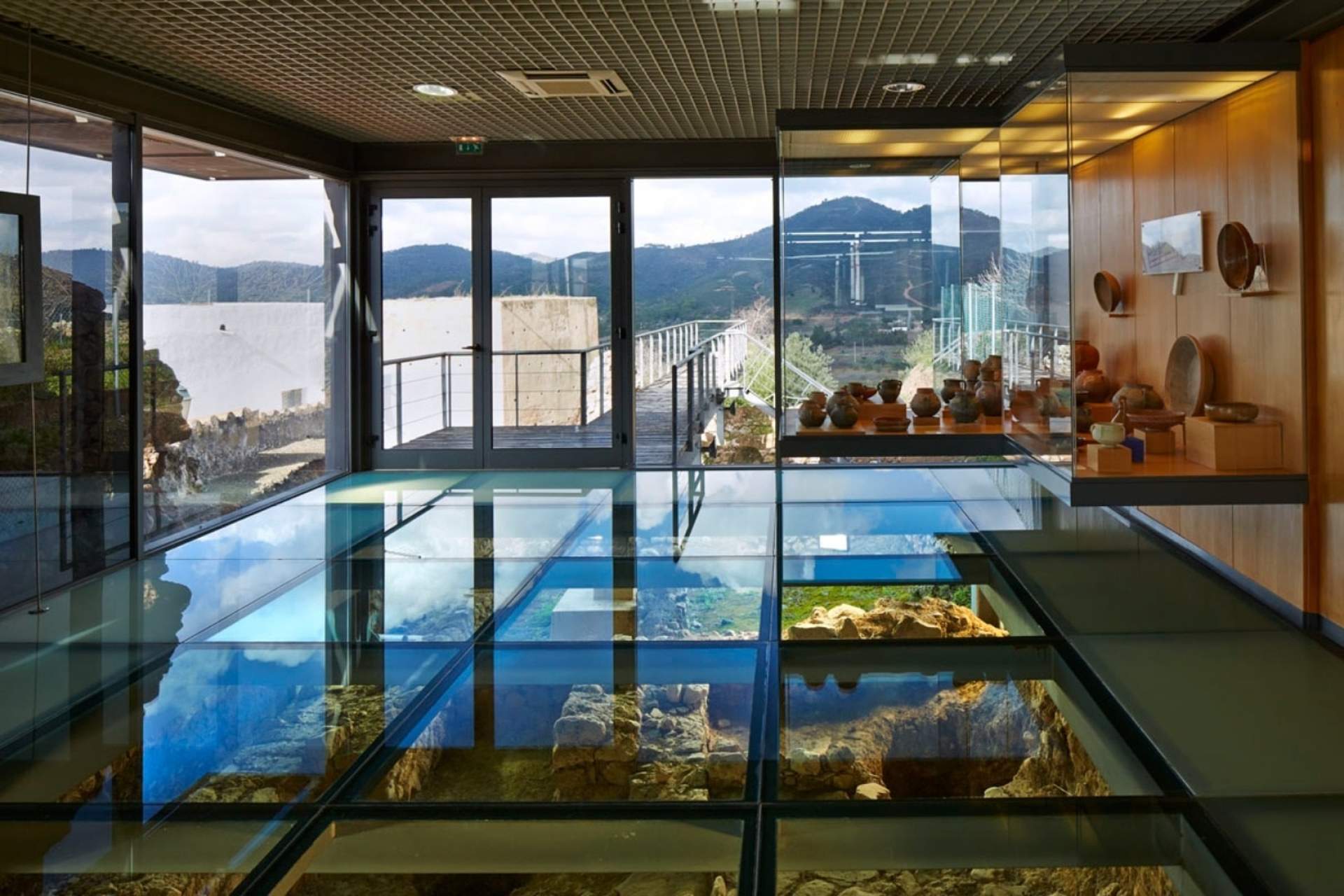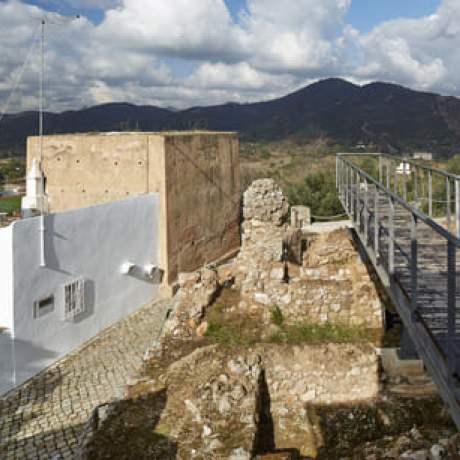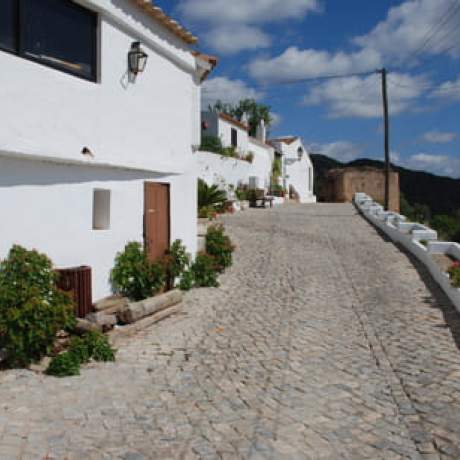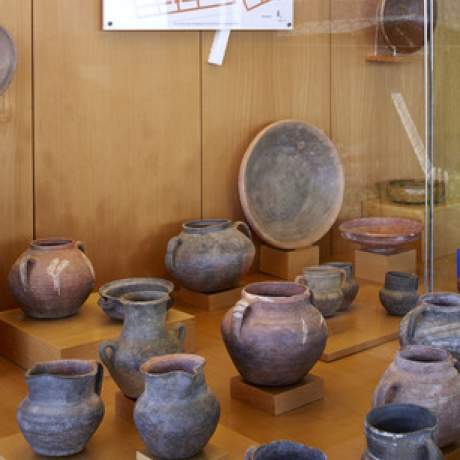
Salir Castle
Located in a strategic and central place, between the coast and the mountains, Salir Castle was part of an important defensive system of Almohad castles in the Algarve, at a time of intense Christian military pressure. After the Portuguese king D. Sancho I conquered the village in 1189, the definitive conquest of Salir from the Muslims was consummated at an uncertain date by the knights of the Order of Santiago, after the conquest of Tavira. Once the settlement was occupied, the strategy for the reconquest of Faro and Loulé under the reign of Afonso III of Portugal was outlined here.
The defensive structure of Salir was built in the 12th century, in rammed earth, with some wall panels remaining, incorporated in later constructions and four towers in rammed earth, all of them well preserved. Archaeological excavations have revealed the existence of some residential structures organized around courtyards, and have found some alcoves, kitchens and an oven, as well as plumbing. The archaeological work also uncovered silos dug out of the rock, used for storing cereals.
Located on the excavated area, we find the Museological Centre of Salir, which displays some of the materials identified during the archaeological excavations and a walkway that allows visitors to view these remains in an outdoor setting.
But the traces of Islamic times in Salir are not limited to the fortification. A gravestone from the Islamic period, dating from 1016-1017, has been found near Salir and can be visited in the Faro Municipal Museum.
Let yourself be enchanted by the legend of the enchanted Moor who gave the name to the village of Salir.
Threatened by King Afonso III's troops and with no chance of resisting, the Moorish mayor of Castalar, Aben-Fabilla, decreed that the only way out of the castle was to flee. Before leaving the castle, he buried his treasure, planning to return to retrieve it later. When the Christians crossed the battlements of the castle, they found it abandoned. All that remained was a beautiful young woman, the mayor's daughter, who prayed fervently. Called by the knight Gonçalo Peres and encouraged to flee too, the beautiful Moor replied: ""-I'd rather die.... than escape (salir in Spanish)! From the top of a neighbouring hill, Aben-Fabilla spotted his daughter captive of the Christians and, with his right hand, traced the sign of Solomon, with which, according to tradition, the Muslims enchanted their daughters in the old and bewitched kingdom of Garb. At that moment, the young girl turned into a stone statue. Word of the enchanted Moor spread and one day the stone castellan disappeared. In that land now known as Salir, in tribute to the young girl's courage, it is still believed that the enchanted Moor appears on certain nights in the ruins of the castle.
Address:
Largo Pedro Dias, Salir
Phone:
Email:
Website:
Timetable:
Monday to Friday: 09.00 - 13.00 and 14.00 - 17.00
Closing day(s):
Saturday, Sunday, bank holidays
Close
Search results for:
No results were found matching your search.
Information available soon.





